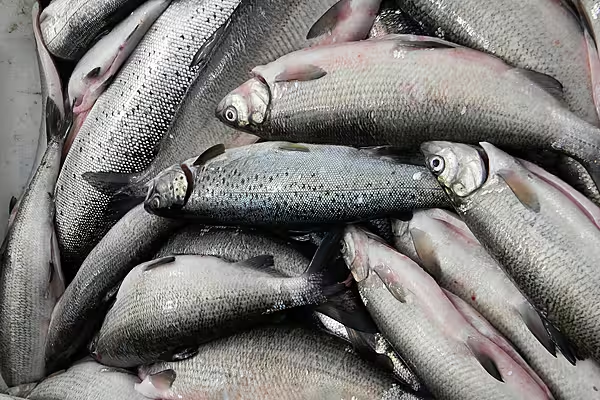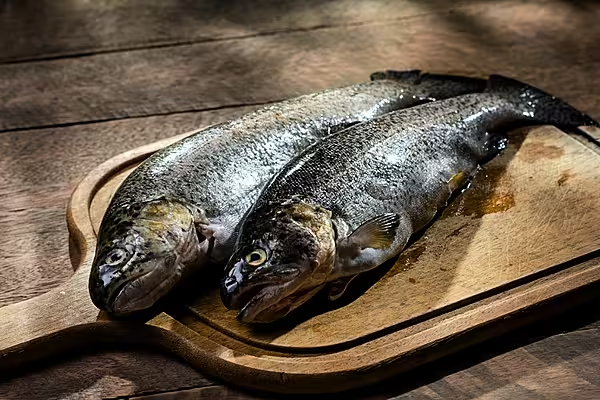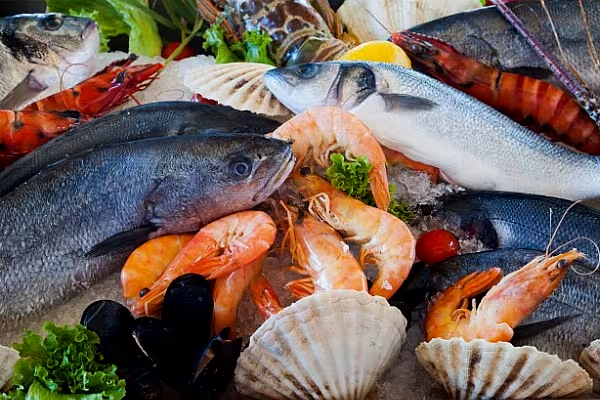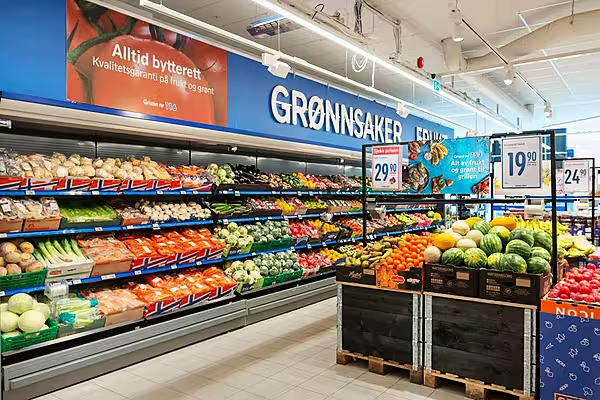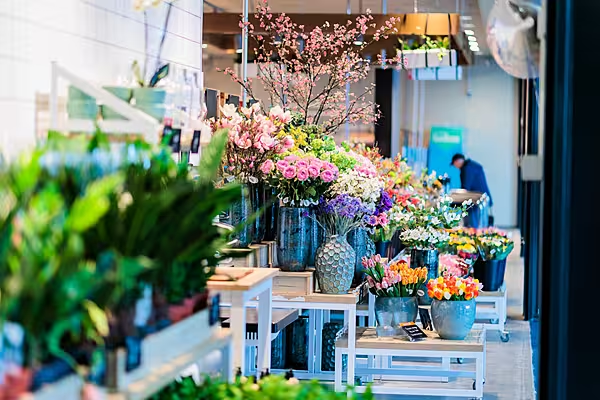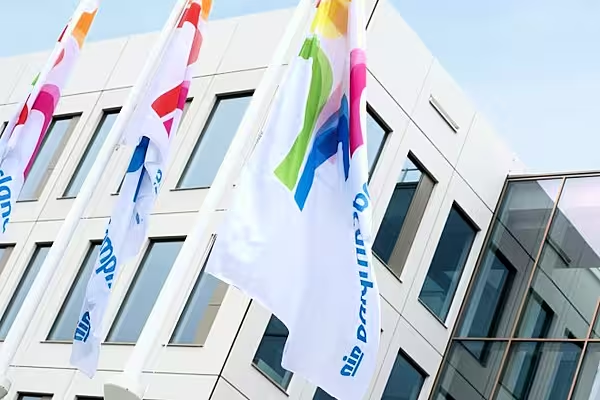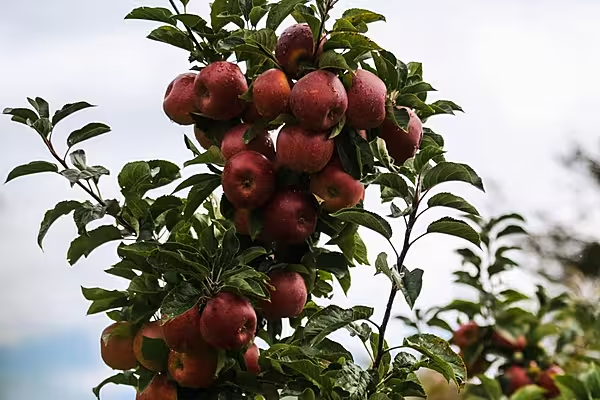For the first time, the world is eating more fish from farms than from the open sea, spurring billions of dollars of takeovers as one of the largest food companies seeks to capitalize on rising demand.
The latest buyer to enter the fray is Cargill, the world’s biggest grain trader and a meat supplier, which said Monday it agreed to acquire Norwegian salmon-feed business EWOS Holding AS for $1.5 billion.
Fish consumption is growing at a faster pace than beef, pork and poultry, driven by an expanding, increasingly prosperous global population that recognizes the health benefits of eating seafood. Demand is forecast by United Nations to outstrip supply in coming years. Wild fish aren’t going to fill the gap, and that leaves farming in lakes and coastal waters -- also known as aquaculture -- to make up the shortfall.
“We can expect that large companies active in commodities, animal proteins and life sciences will be considering this industry and how they can play a role in the growth of what some call the Blue Revolution, the growth of marine farming of food and feed,” Gorjan Nikolik, a Rabobank International seafood- industry analyst, said by phone from Utrecht, the Netherlands.
The M&A rush has so far seen the $4 billion takeover of Dutch salmon-feed supplier Nutreco NV by SHV Holdings NV in April, after Cargill withdrew a competing offer. Mitsubishi Corp., Japan’s biggest trading house, bought Norwegian salmon-farmer Cermaq ASA for $1.4 billion in November. The EWOS deal will turn Minneapolis-based Cargill into one of the top three aqua-feed producers, according to Nikolik.
The impact of a growing global population on protein consumption is daunting: demand is set to grow by 70 per cent by 2050, according to Sarena Lin, president of Cargill’s feed and nutrition business.
Global sales of fish and seafood have expanded every year since at least 2000 and growth is expected to continue through 2019, with China being the biggest market, according to Euromonitor International.
Bloomberg News, edited by ESM
